Tartalomjegyzék
Az emberek évszázadokon keresztül "shrooms" néven tisztelték a pszilocibin gombákat, mert ezek a gombák a személyes elmélkedés és a spirituális fejlődés mellett lehetővé teszik a kognitív átalakulást is. Az ezen anyagok terápiás alkalmazásainak feltárására irányuló kutatási eredmények megnövekedett érdeklődést eredményeztek a megfelelő gombafogyasztás iránt. A pszichedelikus gombák fogyasztása túlmutat az alkalmi érdeklődésen, mert a felhasználóknak meg kell tanulniuk, hogyan kell ezeket az anyagokat elkészíteni a helyes adagolási módszerekkel együtt, valamint a pszichedelikus élményt alakító tényezőkkel együtt. Az útmutató bizonyítékokon alapuló megközelítéseket mutat be a pszilocibin használatához, és az adagolási információkkal együtt biztonsági iránymutatásokat is nyújt a felhasználók számára minden tapasztalati szinten.
A pszilocibin megértése: A tudomány az élmény mögött

A pszilocibin fogyasztásakor a pszilocin nevű aktív változatává alakul át, mivel prodrogként működik. A pszilocin tagsága a szerotoninreceptorok (5-HT2A) helyein lehetővé teszi az agyi kémiai kölcsönhatásokat, amelyek megváltoztatják az érzékeket és az érzelmeket, míg a nagyon nagy dózisok mély spirituális állapotokat hozhatnak létre. A hatás intenzitása az időtartammal együtt a dózis mennyiségétől függ, az egyéni biokémiai funkciókkal és a droghasználat módjával kombinálva. A pszilocibin gombák természetes eredete olyan szerves drogokat eredményez, amelyek a faji különbségek (pl. Psilocybe cubensis kontra Psilocybe azurescens), valamint a termesztési környezeti tényezők miatt jelentős eltéréseket mutatnak a hatáserősségben. A széles skálán mozgó anyagerősségek hangsúlyozzák, hogy miért kell a kezdeti gyógyszereknek egyszerűnek maradniuk, kimerítő előkészítő intézkedésekkel kombinálva.
Fogyasztási módszerek: A hagyományostól a modernig
A szárított gombák közvetlen fogyasztása továbbra is elég egyszerű, mégis a kortárs felhasználók új megközelítéseket találtak ki, amelyek egyrészt javítják az élményt, másrészt segítenek a mellékhatások csökkentésében és az eredmények adaptálásában. A következő szakasz a lényegi pszilocibinfogyasztási megközelítések részletes elemzését mutatja be a végrehajtási irányelvekkel és a relatív előnyökkel és hátrányokkal együtt.
1. Nyers vagy szárított gomba
A gombák természetes fogyasztása jelenti a legalapvetőbb és leghagyományosabb fogyasztási megközelítést. A friss gombák pszilocibin anyagának 90%-a víztartalommal rendelkezik, míg a szárított gombák a tartósítás céljából végzett dehidratálás révén szolgálnak fő anyagként. A gomba íze egyes fogyasztók számára kellemetlen lehet, de a citrusfélék vagy az étcsokoládé hasznos ízkombinációkat biztosítanak a keserűség elrejtéséhez. A citromtekking révén az egyének citruslevet használnak, különösen citromlevet, hogy fokozzák a gomba felszívódását azáltal, hogy a pszilocibin pszilocinná alakul át a fogyasztás előtt. A citromlé használata a felszívódáshoz gyorsított utazásokat eredményez, amelyek általában túl intenzívek az első alkalommal használók számára.
Előnyök:
- Azonnali felszívódás; a hatások 20-40 percen belül kezdődnek.
- Nincs szükség speciális előkészítésre.
Hátrányok:
- Kellemetlen íz és textúra sok felhasználó számára.
- A kitin (a gomba sejtfalában található rostos vegyület) miatt nagyobb a hányinger valószínűsége.
2. Gombatea
A gombák teává főzésének gyakorlata széles körben elterjedt, mert csökkenti a gyomorra gyakorolt kellemetlen hatásokat. A szárított gombát apró darabokra kell vágni, mielőtt 15-20 percre forró (160-180 fokos) vízbe tesszük. A gyömbér mézzel vagy borsmentával kiegészítve könnyebben ihatóvá teszi a gombafolyadékot, miközben gyomornyugtató hatású. A szilárd anyagok lecsöpögtetése fogyasztás előtt segít csökkenteni a keverékben lévő kitin mennyiségét, mivel a legtöbb gombával kapcsolatos rosszullétet a kitin okozza. A pszilocibint tartalmazó tea fogyasztása a felhasználók szerint 15-30 percen belül gyorsabb hatást eredményez, miközben tisztább magas élményt is nyújt, bár a melegítés csökkenti a vegyületet, és több anyagot igényel, mint a szokásos protokollok.
Recept példa:
- Őröljön porrá 2-3 gramm szárított gombát.
- Áztassa 2 csésze forró vízben egy gyömbéres teafilterrel 15 percig.
- Szűrje le és keverje össze mézzel vagy citrommal.
Előnyök:
- Kíméletesebb a gyomor számára.
- Testre szabható íz és adalékanyagok.
Hátrányok:
- Kissé csökkent a hatáserőssége, ha túlmelegítik.
- Elkészítési idő hosszabb, mint nyersen fogyasztva.
3. Fogyasztható ételek és ételpárosítások
A gombák ételekkel vagy italokkal való keverésének gyakorlata ügyes egyensúlyt igényel a hatások intenzitása és az ízminőség között. Az emberek általában úgy fogyasztanak porított gombát, hogy turmixokba és olvasztott csokoládéba teszik, valamint kulináris élvezetből rántottához és rizottóhoz adják. A magas hőfokon történő főzési módszereket, például a sütést mindig kerülni kell, mert ezek lebontják a pszilocibint. A gombás csokoládé elkészítéséhez nagyon vékonyra aprított gombát keverjünk össze olvasztott étcsokoládéval, és a keveréket formába rakjuk, amíg kihűl, hogy megőrizzük a hatékonyságot és elrejtsük az ízét.
Előnyök:
- Diszkrét és élvezetes fogyasztás.
- Csökkenti az ízzel kapcsolatos averziót.
Hátrányok:
- Az emésztés miatt lassabb hatáskezdet (60-90 perc).
- Az adagolás konzisztenciája változhat a házi készítésű ehető italokon belül.
4. Kapszulák és mikroadagolás
Azoknak a fogyasztóknak, akiknek pontos adagokra van szükségük az íztelen fogyasztás mellett, érdemes megfontolniuk az őrölt gombák kapszulázásának gyakorlatát. A mikrodózerek általában apró, küszöbérték alatti mennyiségeket (0,1-0,5 gramm) fogyasztanak pszichedelikus szerekből, mert a kreativitásra és az érzelmi szabályozásra gyakorolt jótékony hatásokat keresik az érzékelés teljes megváltozása nélkül. A kapszulákat használó emberek ezeket az eszközöket előnyösnek találják a gombák olyan kiegészítőkkel való kombinálásához, mint az oroszlánsörény vagy a niacin, ahogyan az a "Stamets Stack"-ben szerepel.
Előnyök:
- Megszünteti az íz- és állagproblémákat.
- Ideális az ellenőrzött, megismételhető adagoláshoz.
Hátrányok:
- Kapszulagépet és időt igényel az elkészítéshez.
- Késleltetett hatáskezdet a tea vagy nyers fogyasztáshoz képest.
5. Folyékony kivonatok és tinktúrák
A pszilocibin tinktúrák készítésének folyamata megköveteli, hogy a haladó felhasználók a gombát vagy alkoholos vagy glicerines kivonat-készítményben áztassák a hatóanyagokat. A pszilocibin anyag koncentrált formája maximális pontosságot és gyors hatást is kínál, amelyet a felhasználók a nyelv alá adhatnak, mivel ezek a termékek hosszabb időn keresztül megőrzik stabilitásukat. A helytelen extrakciós eljárás az anyag szükségtelen elvesztését eredményezi, miközben instabil hatásfokokat eredményez.
Előnyök:
- Gyors felszívódás (10-20 perc szublingválisan).
- Hosszú eltarthatósági idő.
Hátrányok:
- Bonyolult, szakértelmet igénylő elkészítés.
- A túlfogyasztás veszélye gondos mérés nélkül.
Adagolás: A hatásspektrumban való navigálás
A testsúly, a toleranciaszint és az egyéni cél határozza meg a pszilocibin konkrét dózisát, amelyet az egyénnek be kell vennie. Az alábbiakban egy általános keretet mutatunk be:
|
Dózistartomány |
Hatások |
Időtartam |
|
0.1-0.5g |
Mikrodózis: Finom hangulatjavulás, fokozott összpontosítás, nincsenek hallucinációk. |
4-6 óra |
|
1-1.5g |
Alacsony dózis: Enyhe eufória, fokozott színek, enyhe önvizsgálat. |
4-6 óra |
|
2-3.5g |
Mérsékelt dózis: Vizuális minták, időtorzulás, érzelmi mélység. |
5-7 óra |
|
5g+ |
Magas dózis: Az egó feloldódása, intenzív vizualitás, mély spirituális felismerések. |
6-8 óra |
Megjegyzés: Kezdje 1 grammal vagy kisebb adaggal, ha új tételeket kezd kipróbálni ebből az anyagból.
A hatások idővonala: Mire számítson
- Kezdet (20-60 perc): A felhasználók gyakran éreznek "testmagasságot" - bizsergést, enyhe hányingert vagy melegséget. Megkezdődik a hangulat emelkedése és az érzékszervek élesedése.
- Csúcspont (2-3 óra): Vizuális torzulások (pl. légzőfalak, geometriai minták), érzelmi sebezhetőség és megváltozott időérzékelés dominál. Ez a fázis ideális az önvizsgálatra vagy a kreatív felfedezésre.
- Lecsengés (4-6 óra): A hatások fokozatosan elmúlnak, és a használók elgondolkodó, gyakran békés állapotban maradnak. Olyan integrációs tevékenységek, mint a naplóírás, ajánlottak.
Kockázatok és ártalomcsökkentő stratégiák

A pszilocibin farmakológiai biztonságossága továbbra is magas, bár a tudatállapot a használat során bizonyos pszichológiai kockázatokra válik fogékonnyá.
Rossz utazások: Szorongás vagy paranoia léphet fel, gyakran a rossz "beállítás és beállítás" miatt. Ezt enyhítse a következőkkel:
- Nyugodt, ismerős környezet kiválasztása.
- Józan "trip sitter" jelenléte.
- A tömeg vagy a stresszes ingerek elkerülése.
HPPD (Hallucinogén tartós észlelési zavar): Ritka, de néhány felhasználó hosszan tartó vizuális zavarokról számol be. A kockázat gyakori, nagy dózisú használat esetén nő.
Ellenjavallatok:
- Kerülje az SSRI-kkel, MAOI-kkal vagy stimulánsokkal való kombinálást.
- A skizofréniában vagy bipoláris zavarban szenvedőknek kerülniük kell a pszilocibint.
Jogi és etikai megfontolások
A pszilocibin szigorú tiltása továbbra is fennáll számos országban, ugyanakkor a legalizálásra irányuló politikák egyre nagyobb támogatást mutatnak. Az Egyesült Államok Oregon államában Coloradóval együtt felügyeletet biztosítanak a terápiás célú gombahasználatra, a kanadai hatóságok pedig jóváhagyják a palliatív ellátáson alapuló gombafelírásokat. A gombák megszerzése a vásárláskor az etikai szempontok értékelése mellett a helyi törvények tanulmányozását is megköveteli. Az otthoni termesztés vagy a megbízható beszállítók használata etikus forrásként szolgál, amely megakadályozza a káros gombák terjesztésének támogatását.
GYIK
K: Túladagolható a gomba?
A halálos gombatúladagolás kockázata rendkívül alacsony, azonban 10 g vagy annál nagyobb mennyiség fogyasztása esetén pszichotikus reakció léphet fel. Mindig gondosan mérd le az adagokat.
K: Mennyi ideig marad a gombák a szervezetedben?
Az, hogy egy személy mennyi ideig marad a gomba hatása alatt, attól függ, hogy mennyi idő telik el a lenyelést követően. A pszilocibin kiürülési sebessége a vérből eléri a 24 órát, de a vizeletvizsgálat 1-3 nap között képes kimutatni a metabolitjait.
K: A gombák függőséget okoznak?
A pszichológiai függőség a gombák gyakori használata esetén lehetséges, de fizikai függőséget nem okoz. A legerősebb gombafajtákról is többet megtudhat blogunkon.
K: Mi a legjobb módja a gomba tárolásának?
A gombák tárolásának legmegfelelőbb módja a szárított gombák szilikagél csomagokat tartalmazó, lezárt tartályba helyezése, amely megfelelő távolságot tart a fény- és hőforrásoktól. A szárított gomba tárolása megköveteli a szilikagél csomagokat tartalmazó lezárt tartályba való megfelelő elhelyezést, amelynek sötét és hűvös helyen kell maradnia. Ha kíváncsi vagy: Hogyan kell szárítani a gombát, azt ebben a blogban láthatja.
Következtetés: Tisztelet az utazásnak
Felkészültnek lenni és tiszteletet mutatni szükséges a pszilocibin gomba használatával elért mentális képességek felfedezésénél. A pszilocibin felfedezésének útja megköveteli, hogy a biztonsági kockázatok tudatosságát fenntartsuk, miközben a jogi határokon belül maradunk, miközben fenntartjuk ezen anyagok célzott használatát. A klinikai vizsgálatokon alapuló pszichológiai kutatások azt jelzik, hogy a pszilocibin orvosi felügyelet mellett a depresszió, valamint a PTSD és a függőség hatékony kezelésévé válhat.
Felelősen felfedezni: Látogasson el a Canapuff oldalra a pszichedelikus biztonsággal és kutatással kapcsolatos további forrásokért.



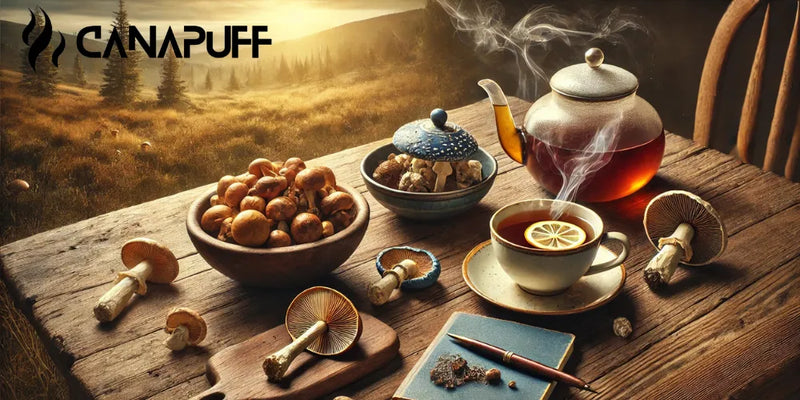

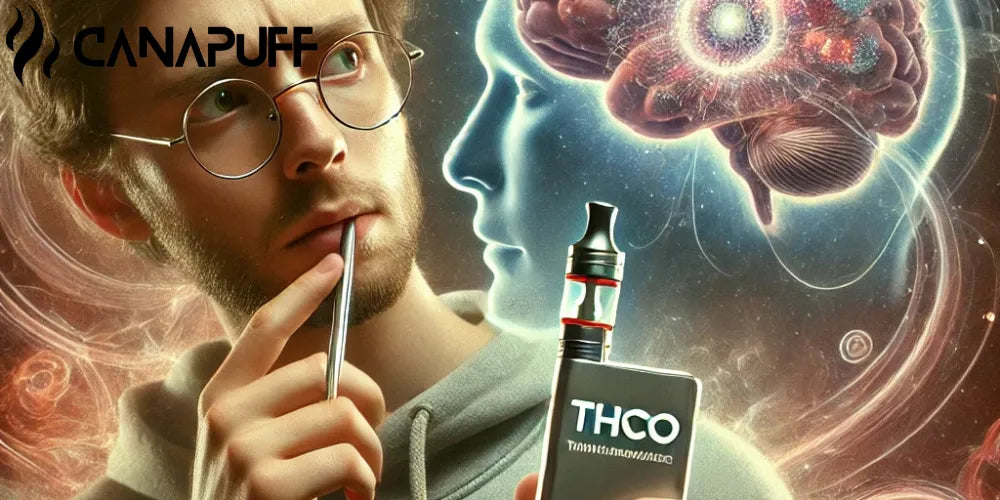
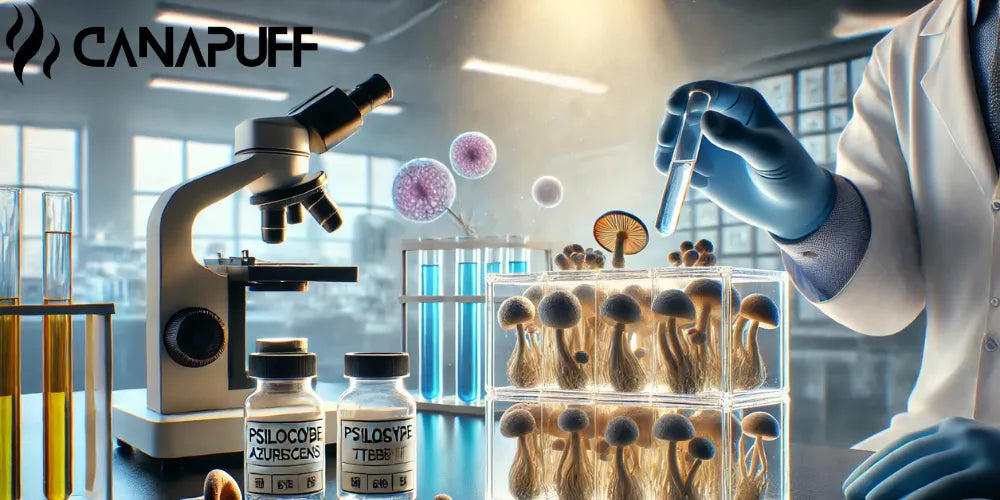
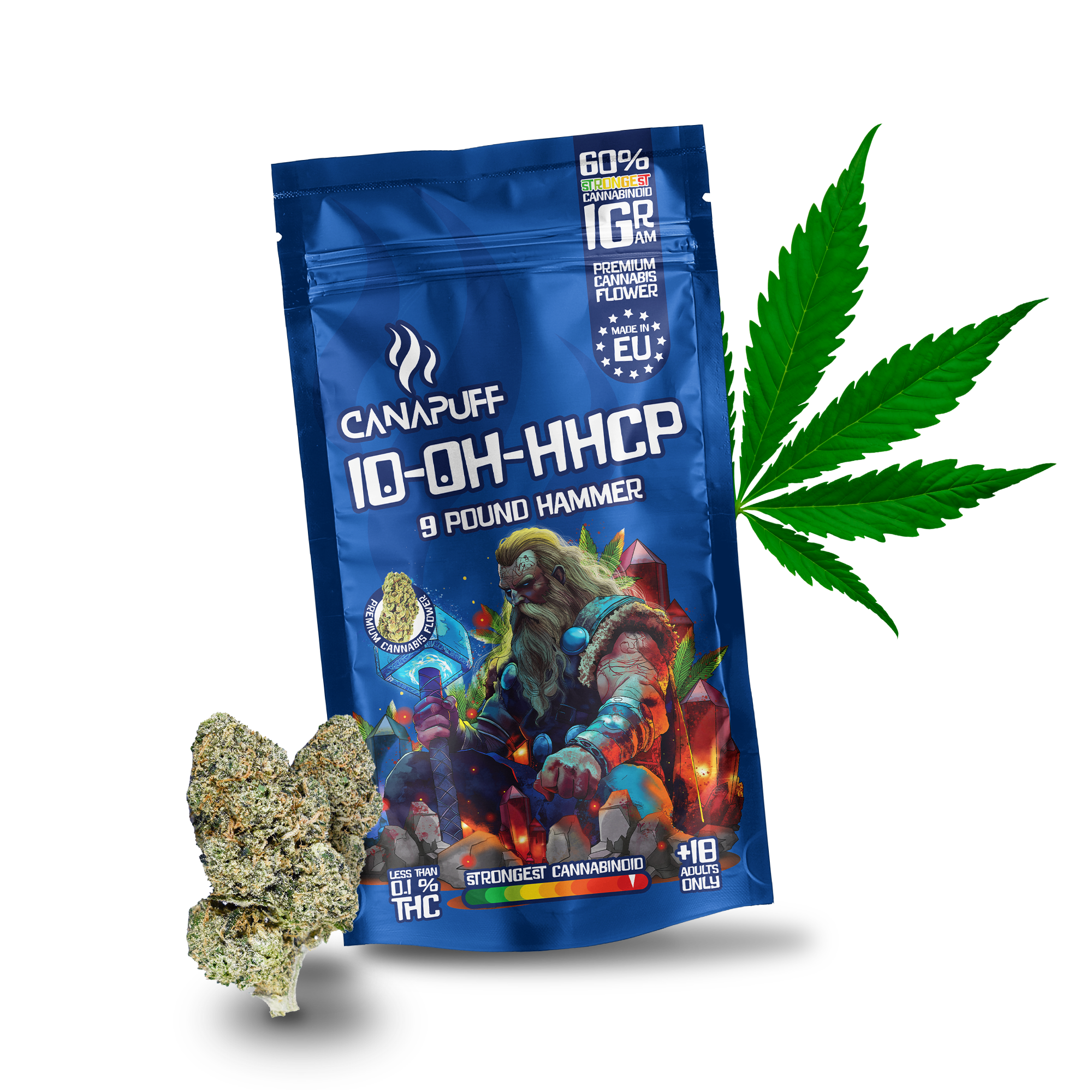
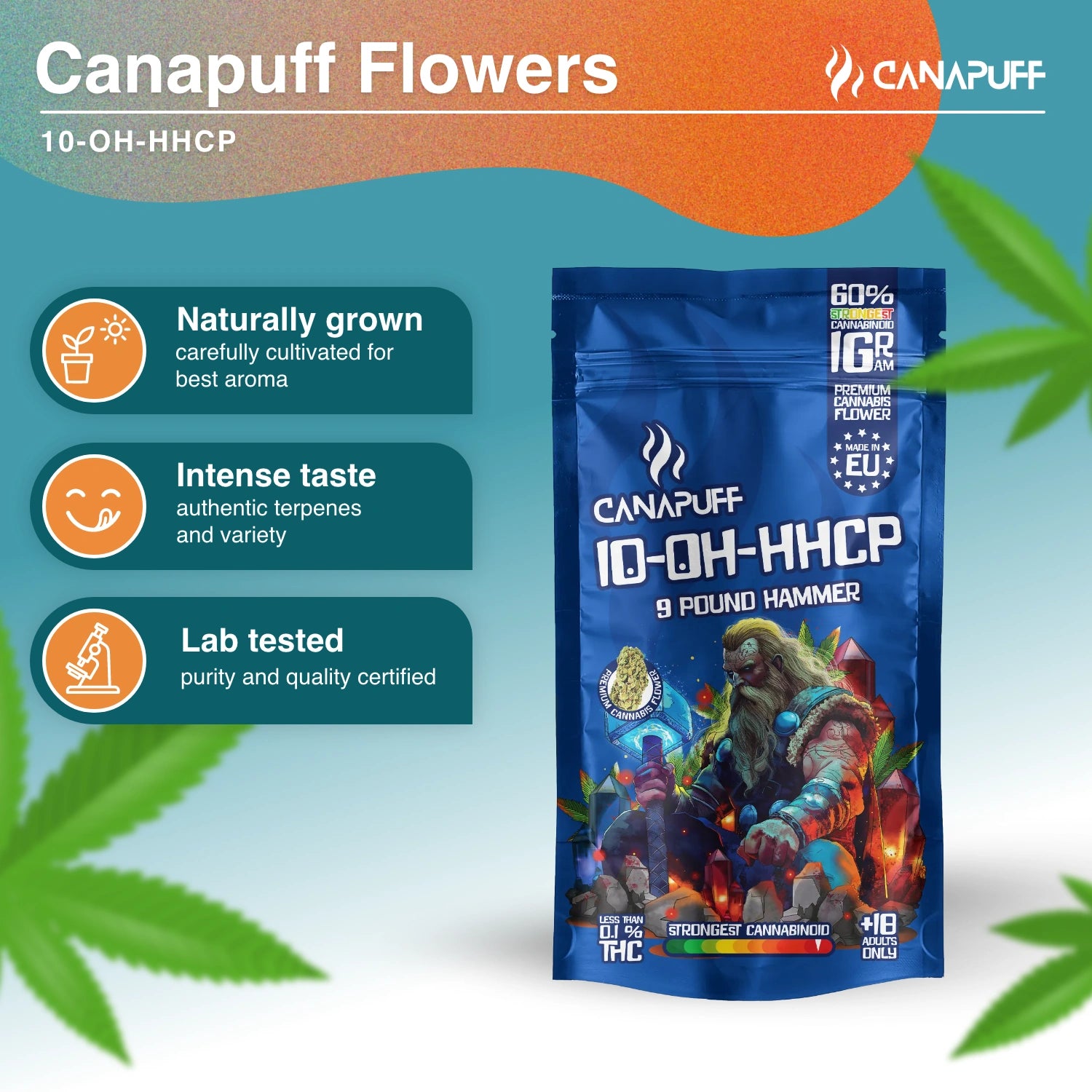
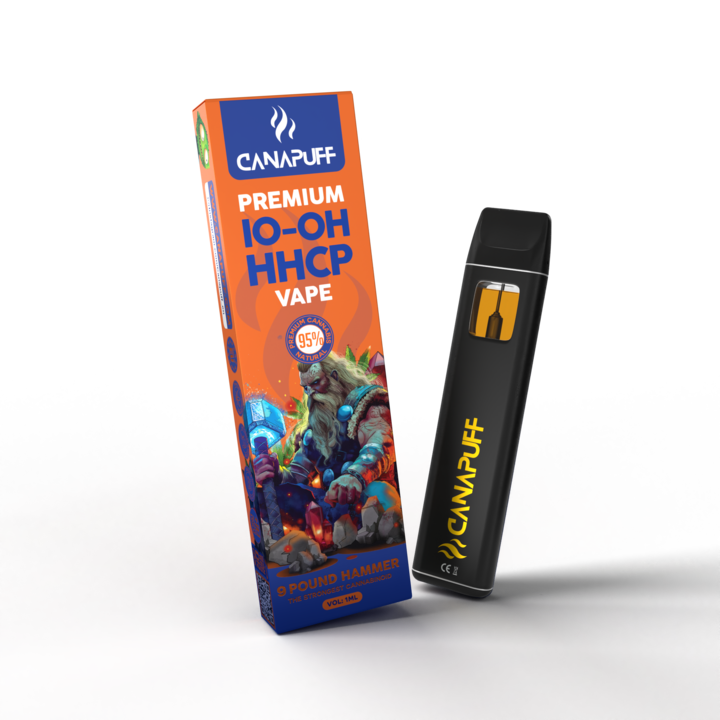
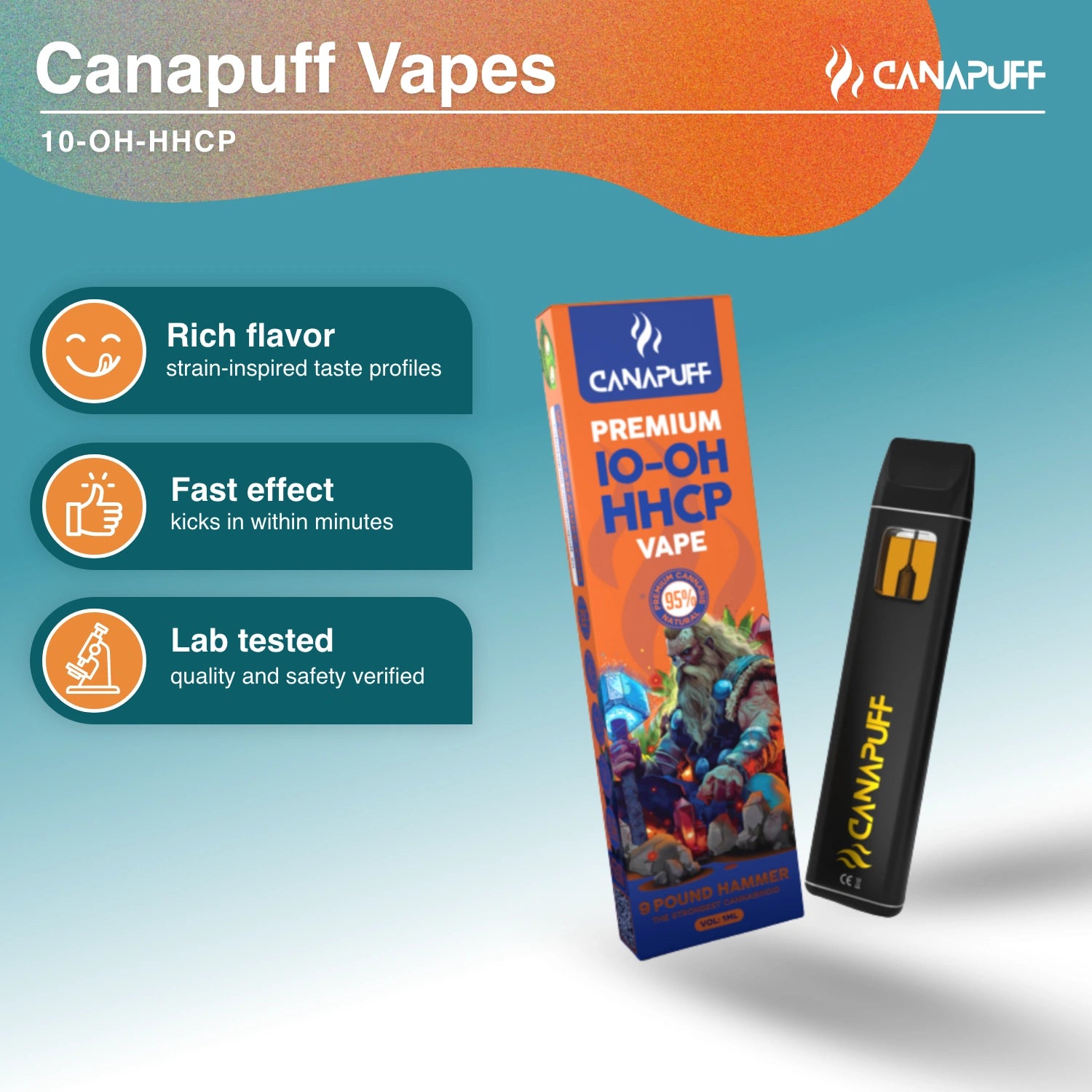
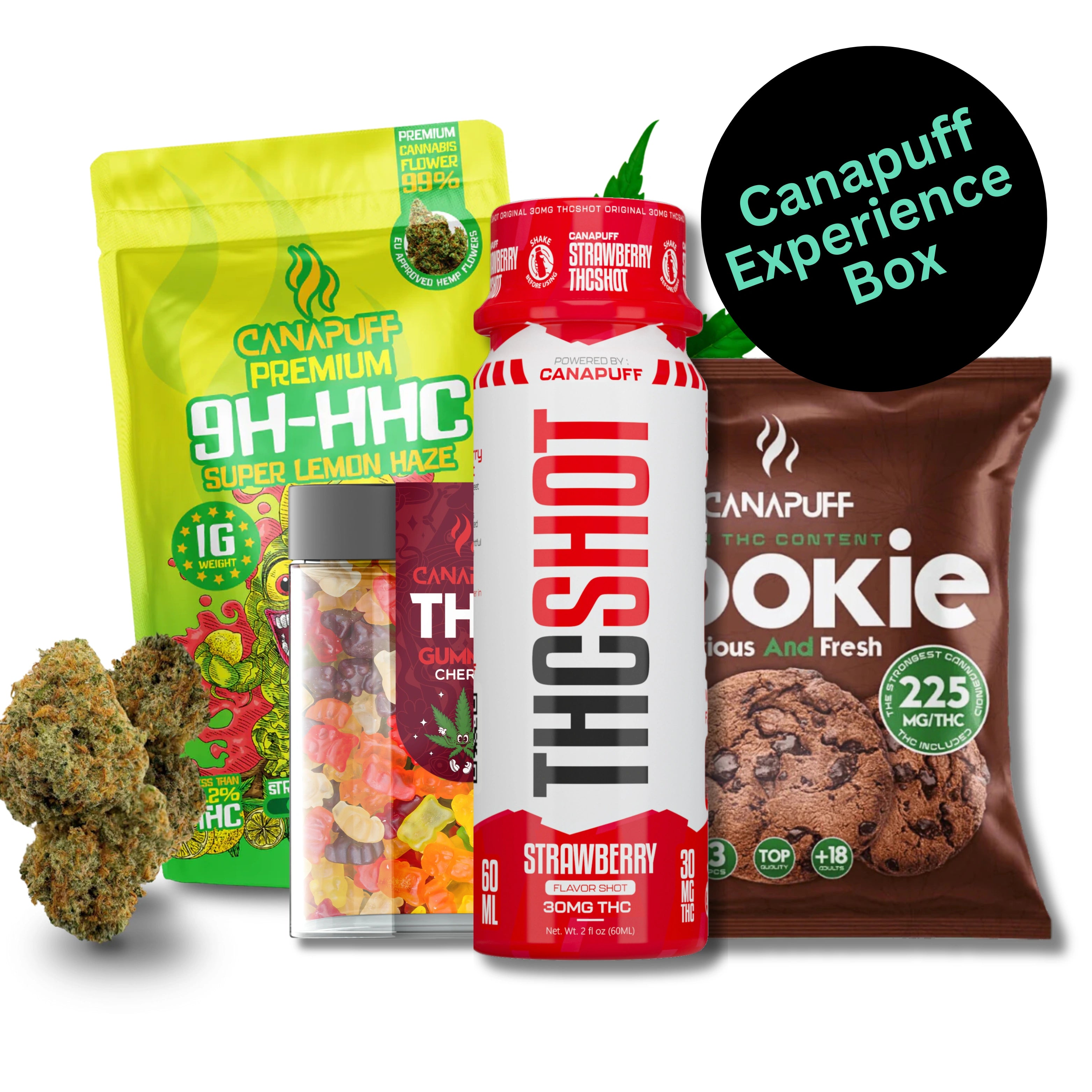
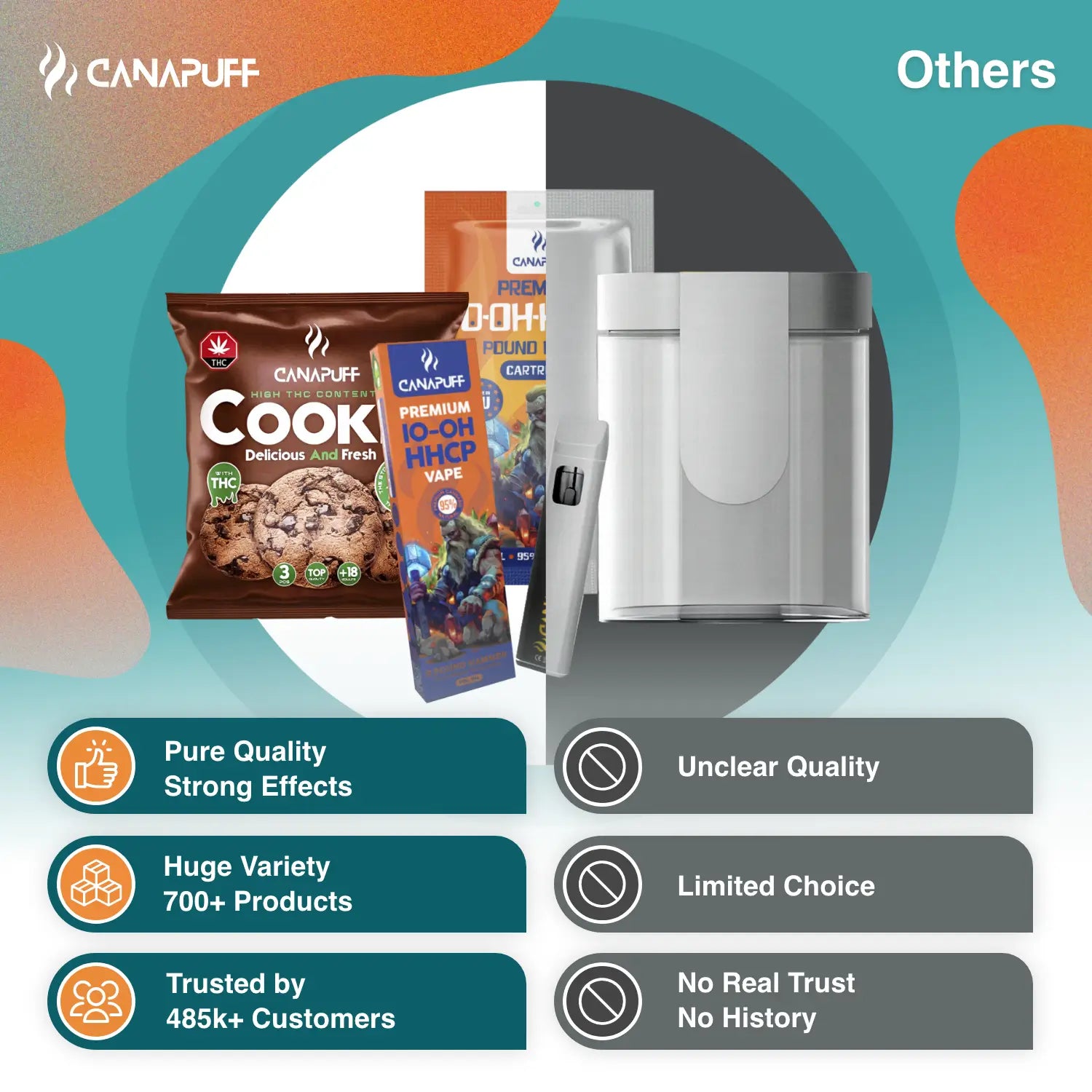
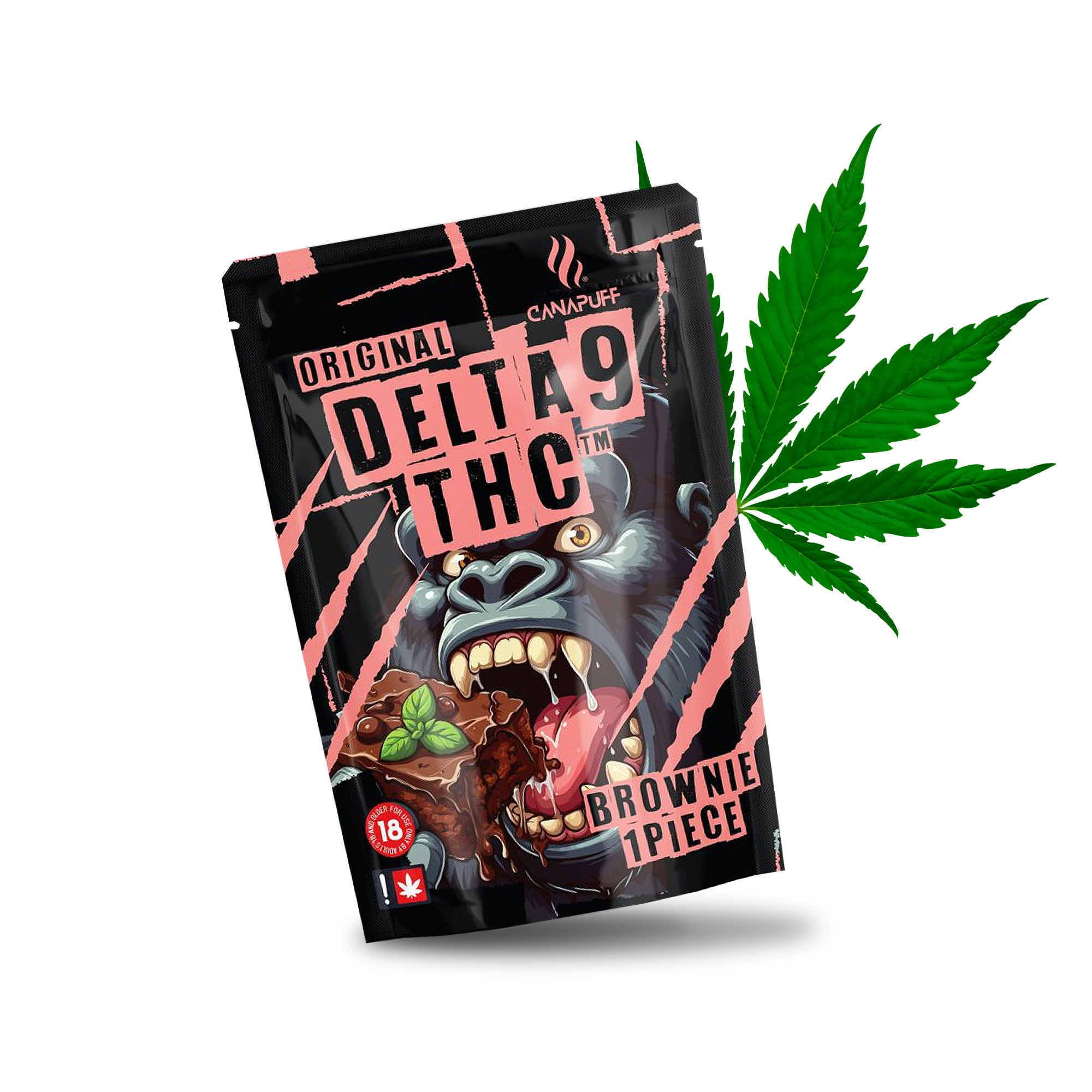
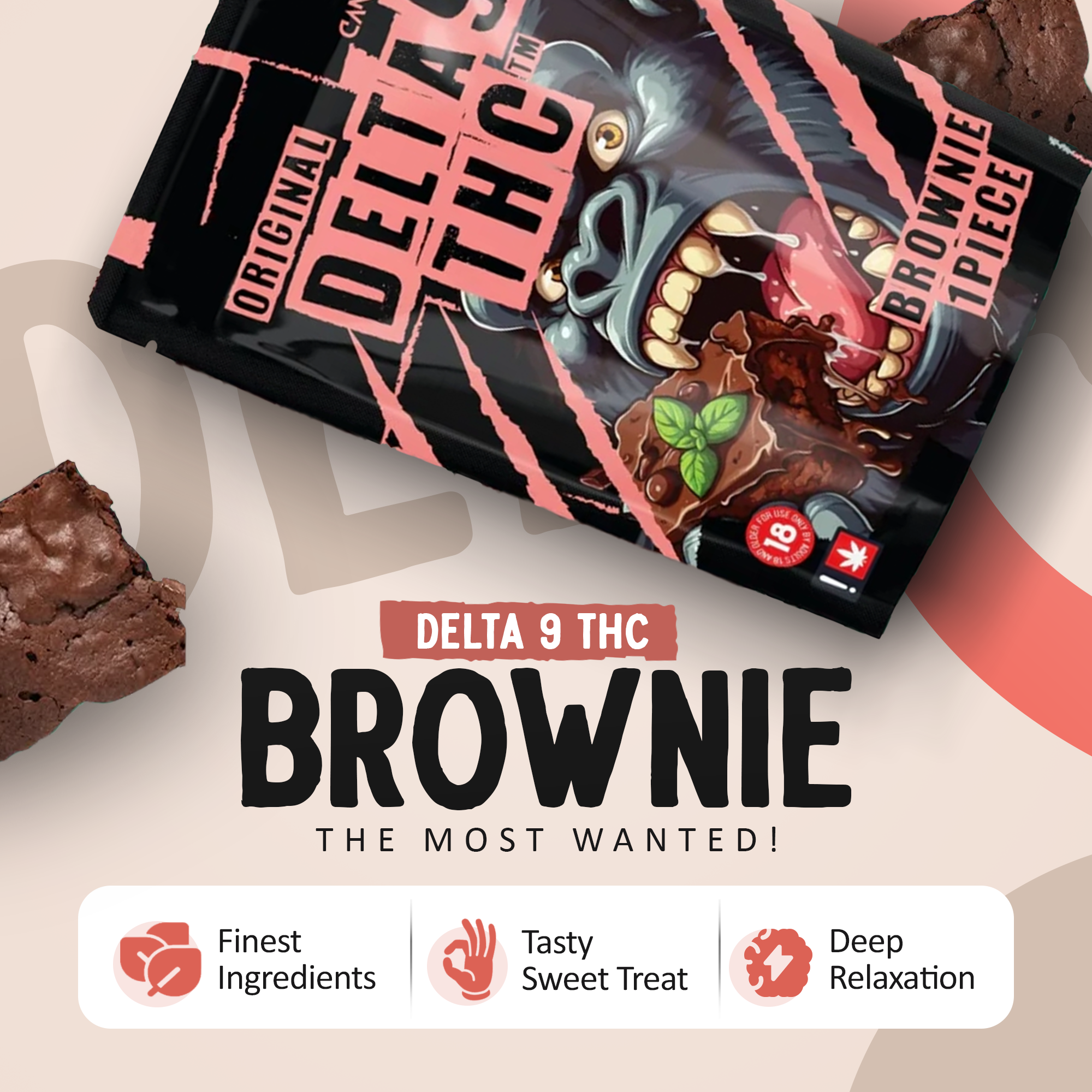
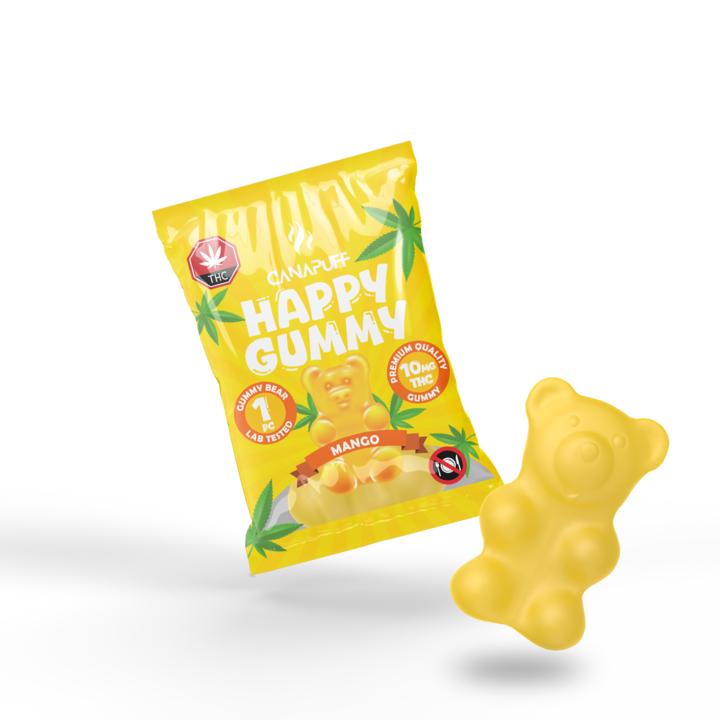
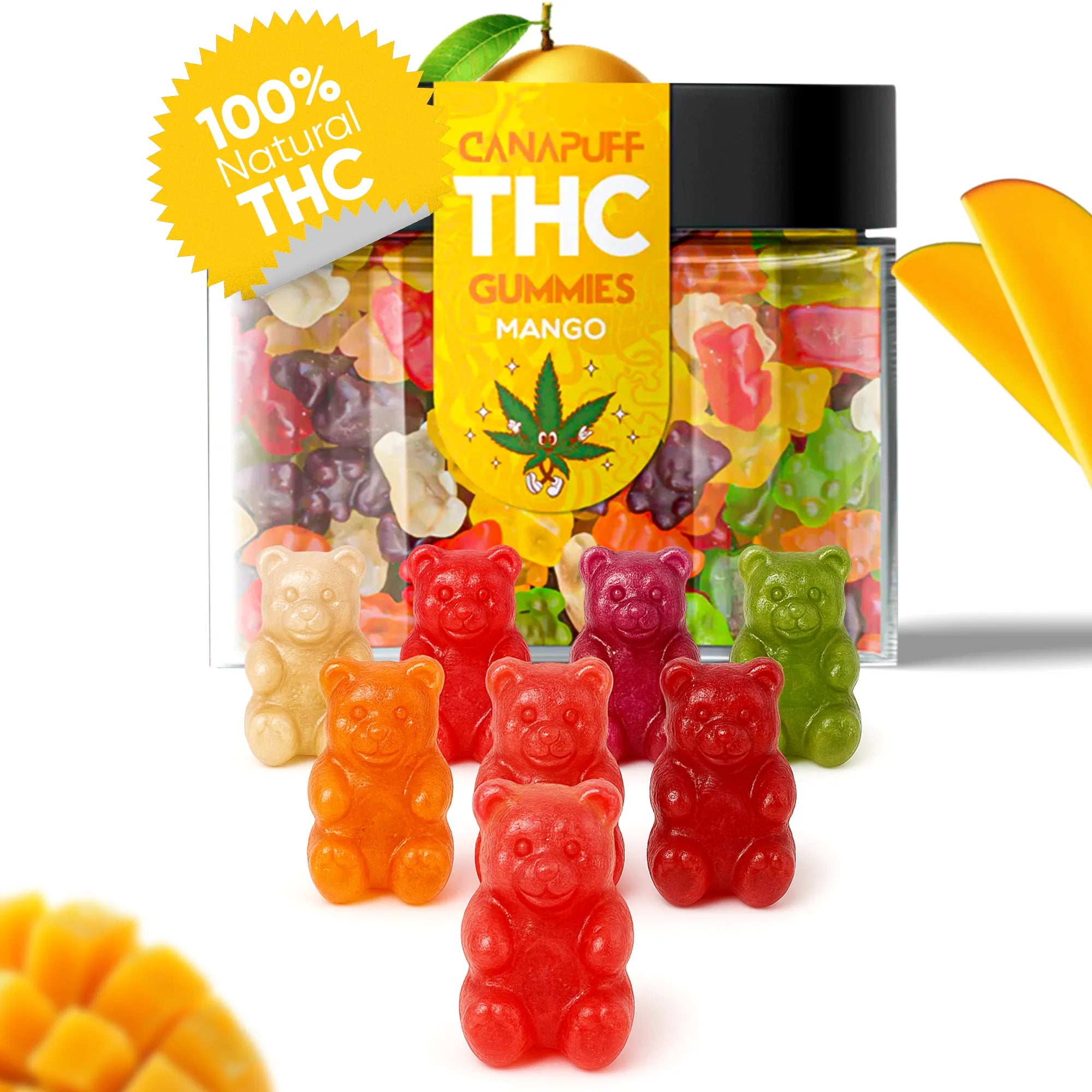
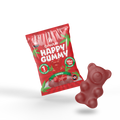





Hozzászólás
Ezt a webhelyet a hCaptcha rendszer védi, és a hCaptcha adatvédelmi szabályzata, valamint szolgáltatási feltételei vonatkoznak rá.